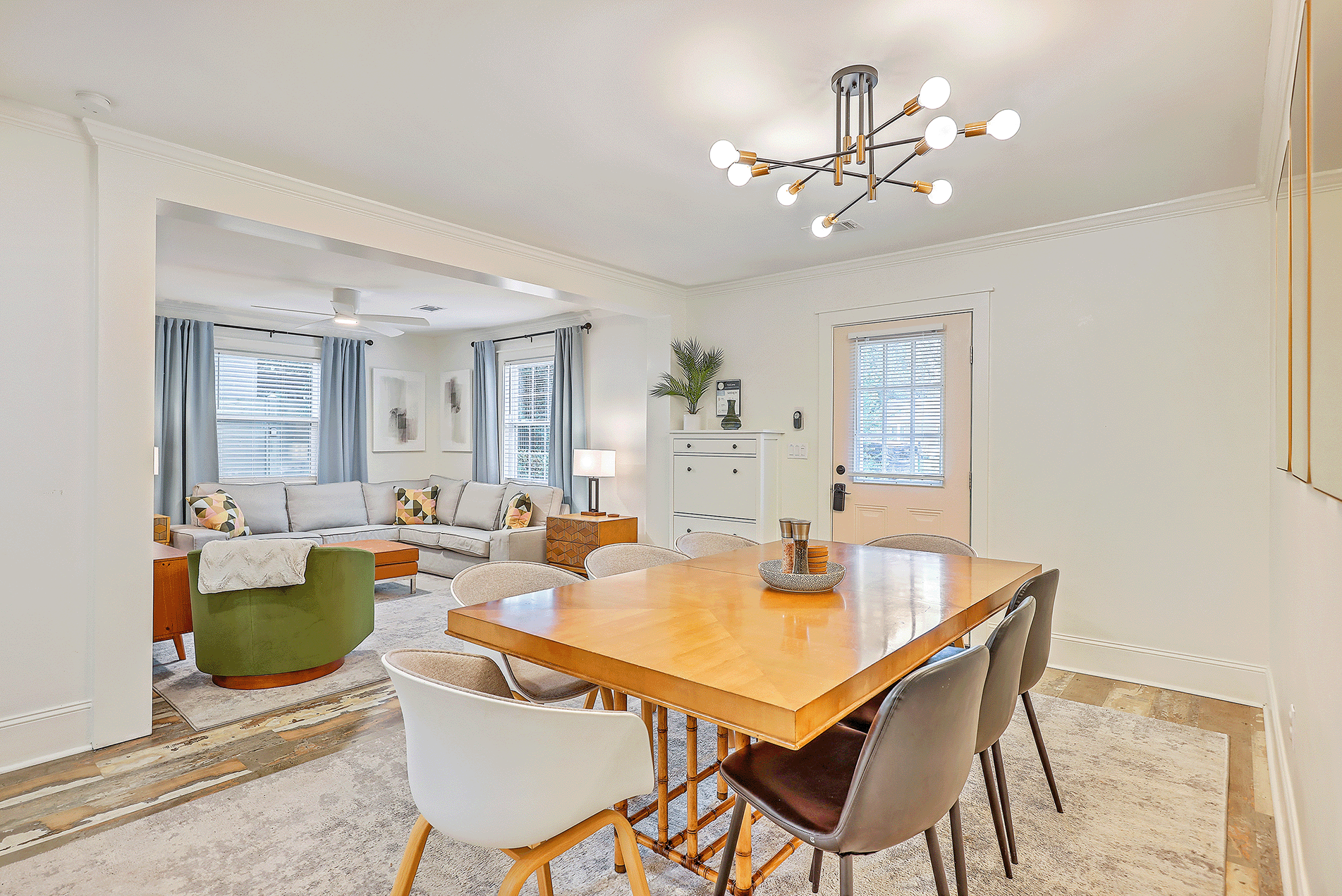Boost Your Property’s Occupancy: A Guide for Airbnb Hosts Exploring Mid-Term Rentals
Optimizing your property’s occupancy through mid-term rentals can be a game-changer for Airbnb hosts seeking consistent bookings and quality clientele. As a strategic alternative to traditional short-term rentals, embracing mid-term rentals allows hosts to tap into a steady stream of guests while attracting desirable renters. Our comprehensive guide tailored for Airbnb owners will show you invaluable insights and expert advice on how to elevate your property’s booking potential with mid-term rentals.
Boost Your Property’s Occupancy: A Guide for Airbnb Hosts Exploring Mid-Term Rentals
Mid-term rentals represent an opportunity for Airbnb hosts to fill the gaps between short-term stays and long-term leases. Typically ranging from one month to six months, these rentals cater to a variety of guests such as traveling professionals, interns, or families in the process of relocating or whose homes are undergoing renovation. This rental niche not only offers the chance for increased occupancy rates but also reduces the turnover of guests, which can lead to lower maintenance and cleaning costs. Additionally, mid-term renters often seek a stable living situation, which can result in more responsible occupancy and less wear and tear on your property than long-term tenants. By exploring the potential of mid-term rentals, hosts can find a balance between the high turnover of short-term rentals and the commitment of long-term leases, positioning their property as a versatile option in the rental market.

Mid-Term Rentals versus Airbnb: A Comparative Study
The Need for Flexibility
When comparing mid-term rentals to the typical Airbnb model, the contrasts are clear. Airbnb primarily targets short-term stays, which often brings a diverse and constant stream of guests. While this can mean more frequent bookings, it also introduces higher variability in occupancy and increased operational efforts for hosts. In contrast, mid-term rentals provide a more stable income with longer tenant commitments. The reduced guest turnover translates to fewer cleanings and check-ins, which can significantly cut down on the host’s workload and expenses. Furthermore, mid-term rentals can mitigate the seasonality effect that often impacts short-term rental income, offering more predictable financial planning. Hosts who choose mid-term rentals can also enjoy a closer relationship with their renters, which can lead to better care of the property and prompt reporting of any issues.

Achieving Higher Occupancy Rates with Mid-Term Rentals
One of the primary benefits of mid-term rentals is the potential to achieve higher occupancy rates. These rentals can fill the vacancy periods that are common in the short-term rental market, especially during off-peak seasons. By targeting guests who need accommodation for several weeks to a few months, hosts can secure a steady stream of income that might otherwise be interrupted in the traditional Airbnb model. This consistency is particularly valuable for hosts who rely on rental income to pay mortgages or maintain their properties. Mid-term rentals can also attract corporate clients and businesses seeking accommodations for their employees, which can lead to repeat bookings and a reliable customer base. The stability that comes with mid-term renting is a key advantage for hosts looking to maximize their occupancy rates and ensure a more predictable and sustainable rental business.
Attracting Quality Clients through Mid-Term Rentals
Mid-term rentals often attract a segment of clientele that is invested in the quality of their living situation. These guests typically include professionals on business trips, individuals in transitional periods, those in need of housing for project-based work or a local families whose home is being repaired or renovated. Due to the caliber of guest, they tend to treat the property with respect and care. And unlike traditional long-term rentals tenants bring all their own belongings to and landlords have infrequent access to mid-term rentals can translate into less wear and tear and fewer issues for the host to manage. Additionally, these quality clients are usually looking for a comfortable and well-maintained space, encouraging hosts to keep their properties in top condition, which can have long-term benefits for the property’s value. By focusing on mid-term rentals, hosts can not only attract responsible renters but also create a reputation for offering quality accommodations, which can further enhance their rental business. In sum, mid-term rentals can be a happy medium between short-term and long term.

Practical Steps for Transitioning Your Property
Transitioning a property from short-term Airbnb rentals to mid-term rentals requires a strategic approach. The first step is to analyze the market demand for mid-term housing in your area. Look at factors such as corporate presence, educational institutions, and frequent natural disasters. and educational institutions that could drive a need for mid-term accommodations. Next, update your listing to reflect the availability for longer stays, including any changes in pricing, amenities, services, and house rules that cater to mid-term renters. You’ll also want to adjust your communication strategy to provide clear information about the benefits of renting your property for an extended period. Furthermore, review your lease agreements to ensure they’re suitable for mid-term tenancies, covering aspects such as payment schedules extension, right-to-vacate options and maintenance responsibilities. Finally, consider partnering with local businesses relocation services and temporary housing sourcers to tap into a network of potential mid-term renters.
Keys to Success as a Mid-Term Rental Host
To succeed as a mid-term rental host, it’s crucial to understand the unique needs of this market. Start by furnishing your property with the essentials that mid-term renters might require, such as a well-equipped kitchen, a comfortable workspace, and reliable internet access. When furnishing your property also keep in mind what makes a rental comfortable; what charmed an Air BnB guest could be off-putting for someone staying for months. Responsiveness to communication is key; renters should feel supported throughout their stay. Build a streamlined process for regular maintenance checks to ensure that any issues are quickly addressed, maintaining the property’s condition and guest satisfaction. Additionally, establishing a professional network with local businesses can provide a consistent referral system. Offering flexible lease terms can also be an advantage, as it caters to the varying durations of mid-term guests’ stays. the length in which might not be known upfront. Lastly, gathering feedback from tenants and making improvements based on their suggestions can lead to better guest experiences and positive reviews, which are invaluable for attracting future renters.

